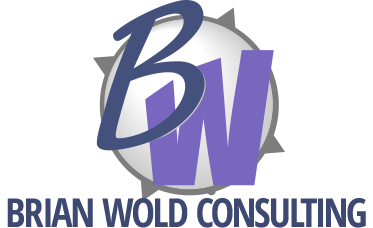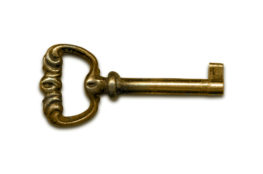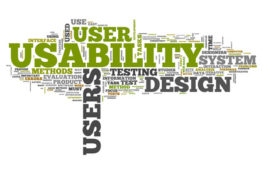A few weeks ago, I was working with two separate clients to track down their various passwords and access notes. Took a long time… Meantime, a friend of mine started a new job where the outgoing guy didn’t leave any documentation, so he was trying to figure out procedures, and in a few cases finding out things the hard way. It occurred to me that you should know, right now, how to access a bunch of different things related to your Web site. If you don’t, it’s no big deal… right?
- Your Web hosting username and password. Note that some hosts have the main login for the account and billing info and a separate login for the Web site control panel.
- The username and password for FTP or other file uploading (such as WebDAV or Frontpage settings).
- The username and password for the domain name registrar (this might be the same as your hosting, but it might not… you’ll probably only need this once a year)
- If you use a content management system (CMS) to manage parts of the site, you’ll need the highest-level administrator username and password (in some CMS tools, it’s called a super-admin).
- If your site uses a database (note that CMS tools and blogs generally use databases behind the scenes), you’ll need to know the database name, location on the hosting server, and username and password.
- You can generally manage the passwords of any email accounts through the Web site control panel, but often all you can do is reset the password. So it might be handy to keep the most crucial account passwords in your list.
Keep this information in a safe place, but somewhere accessible. Posted on the wall in your office might be accessible, but it is probably not secure.




November 22, 2008
GREAT post, Bri! This is a list that I’ve never seen posted anywhere else.
Not surprisingly, this is the information that I maintain for all my clients. What IS surprising is that they rarely remember this info after I send it to them initially. They don’t remember where they PUT it.
I recommend creating an Excel file that keeps this info, along with usernames and passwords for all those other services like LinkedIn, PayPal, etc.
WHEN IN DOUBT, DOCUMENT IT! 🙂
November 24, 2008
Thanks for this list Brian…you’ve been pestering me about this, haven’t you? One more to add to it…the password for your security encrypted wireless modem.